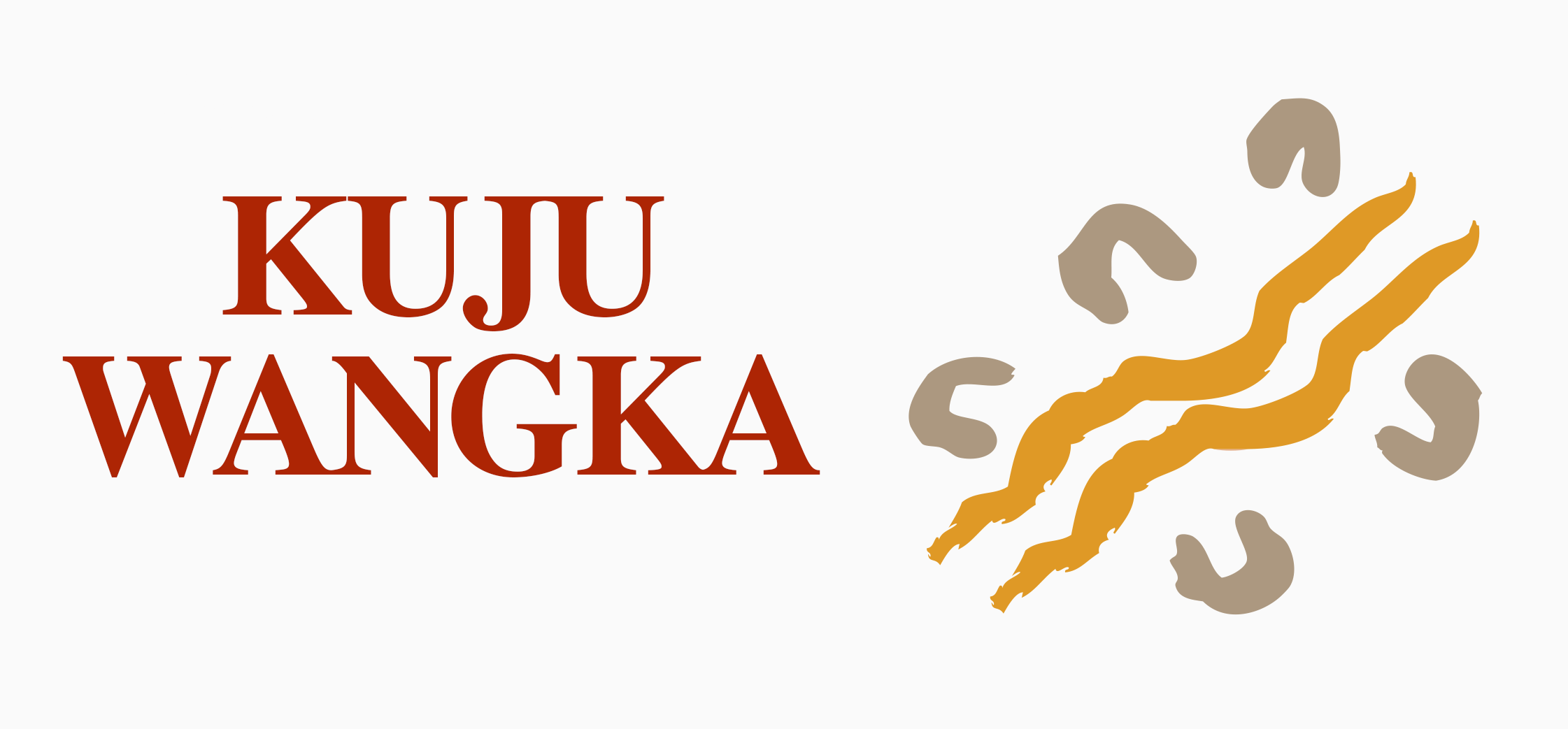Protection of Heritage Sites
Today, native title holders along the Canning Stock Route (CSR) are engaging in land management through their ranger programs, and increasingly in tourism. These have emerged as the most important factors in facilitating greater Indigenous involvement in protecting, rejuvenating and promoting the cultural values of the CSR for all Australians. While the vast majority of travellers ‘tread lightly’ and are deeply committed to helping to look after Country the cumulative effects of increased visitation — and especially at locales with waters and rock art — requires a strategic plan of management which is now being developed.
Art along the CSR has been the focus of much past exploration, recording, photography and interpretation by travellers. The current construction of interpretation stands, heritage trails, signs and information kits will help guide travellers to visit those areas which are ‘open’ and respect those which are ‘closed’ by custodians because of their cultural sensitivities.
The Aboriginal Heritage Act 1972 protects Aboriginal sites and artefacts from damage or loss. It protects domestic sites (such as traditional campsites), ceremonial sites (such as where rituals traditionally took place) and significant cultural sites (such as important jukurrpa sites). It also protects any object of significance to Aboriginal people. This can include natural and created objects that have sacred, ritual or ceremonial significance as well as tools or other practical objects. It includes rock carvings and paintings, stone arrangements and structures and carved trees as well as tools and day-to-day objects used by Aboriginal people.
It is very often possible that you will not know that you are in a significant cultural site. It is not only sites marked by signs that are significant — the vast majority are not obvious, unless you are with a local Traditional Owner who has knowledge of the site. It is also possible to cause damage to these sites unintentionally — by driving over them, digging, clearing space, moving plants or objects. One 4WD enthusiast in recent years destroyed an underground cave by travelling to the site away from the main track, and driving too close to the cave’s entrance, causing it to collapse.
By travelling along the CSR, using obvious campsites and not damaging anything, you will not be unwittingly causing harm. But if you leave the CSR or the existing campsites, it is quite possible that by digging, clearing ground or driving through brush you may disturb sites of significance. It is best therefore to:
stay on the CSR track, rather than exploring or following tracks off it
stay away from sites or areas that have been identified by signs or in this booklet as closed; and
limit any ground-disturbing activities to places that are obviously approved.
It is also often possible that you will not know that an object lying on the ground has cultural significance. The best rule is to leave things alone — certainly not to take “interesting” objects away. There are many sites along the CSR that are of immense cultural significance. The vast majority of people respect this. Some do not — some have carved their names into rock faces holding ancient Aboriginal rock carvings, removed ceremonial items or even used an angle-grinder to remove rock carvings. You will see damage like this at sites like Durba Springs.
All sites (whether registered or not) are now protected against this kind of damage by the Aboriginal Heritage Act. There are also many traditional campsites, covered with worked tools, blades, grinding stones etc. Many of these have become “souvenirs” for travellers. It is an offence to move any object like this.
The Aboriginal Heritage Act and Regulations restrict what can be done on a heritage site (whether registered or not). For example, Regulation 10 precludes among other things:
any alteration or damage to signs, fences, shelters or other construction
any digging of holes or other ground disturbance
any damage to trees, shrubs or grasses
any drawing or marking on anything; and
any driving, camping or rubbish on sites (unless in an approved place).
These restrictions override any “public right of access” to the CSR generally. Sites identified as “CLOSED” or sites at which signs indicate limitations or closure, are protected under this Act. The Aboriginal Heritage Act creates penalties for breaches of any of its provisions. These include the possibility of fines or imprisonment.
Protection of significant sites and objects should not rely on criminalisation of damage. Most people will simply respect the significance, appreciate the fact that they have been able to see special places and things, and leave them for their custodians to protect and for others to enjoy.


